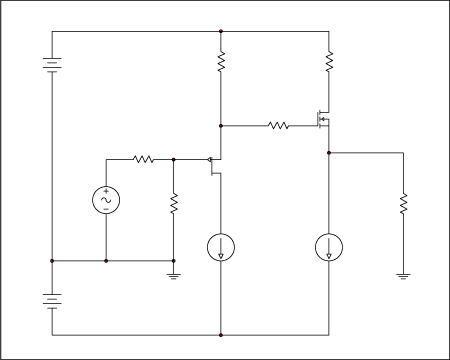[quote author="RogerFoote"]I don't get it sometimes... This forum sucks up to people who can't even solder and then chase away veteran audio guys. Does that make sense?[/quote]
My apologies. I did not mean to hurt John's feelings, but his post was rather ignorant in my opinion. I don't think we are chasing anybody, but his post basically stated that one should not bother and use off the shelf components. This entire forum must be pointless using the same argument.
I agree that simple LTPs make for poor inputs unless you make them complementary reducing distortion and helping slewrate symmetry.
My apologies. I did not mean to hurt John's feelings, but his post was rather ignorant in my opinion. I don't think we are chasing anybody, but his post basically stated that one should not bother and use off the shelf components. This entire forum must be pointless using the same argument.
I agree that simple LTPs make for poor inputs unless you make them complementary reducing distortion and helping slewrate symmetry.


































